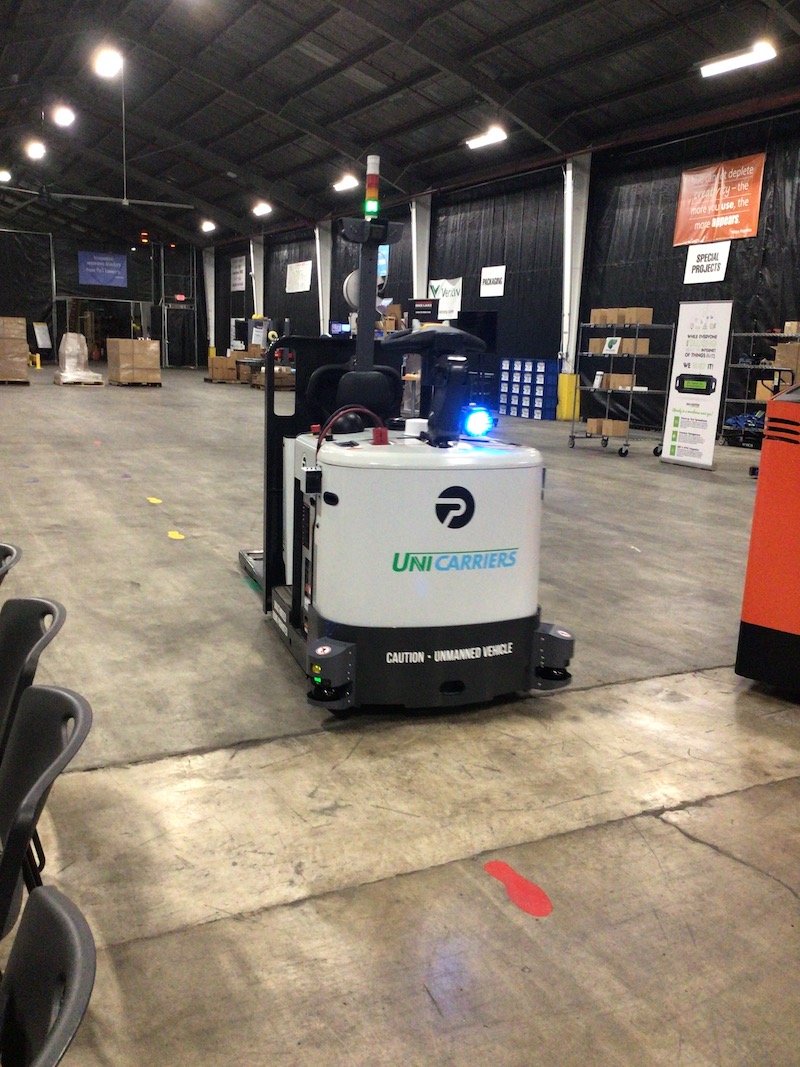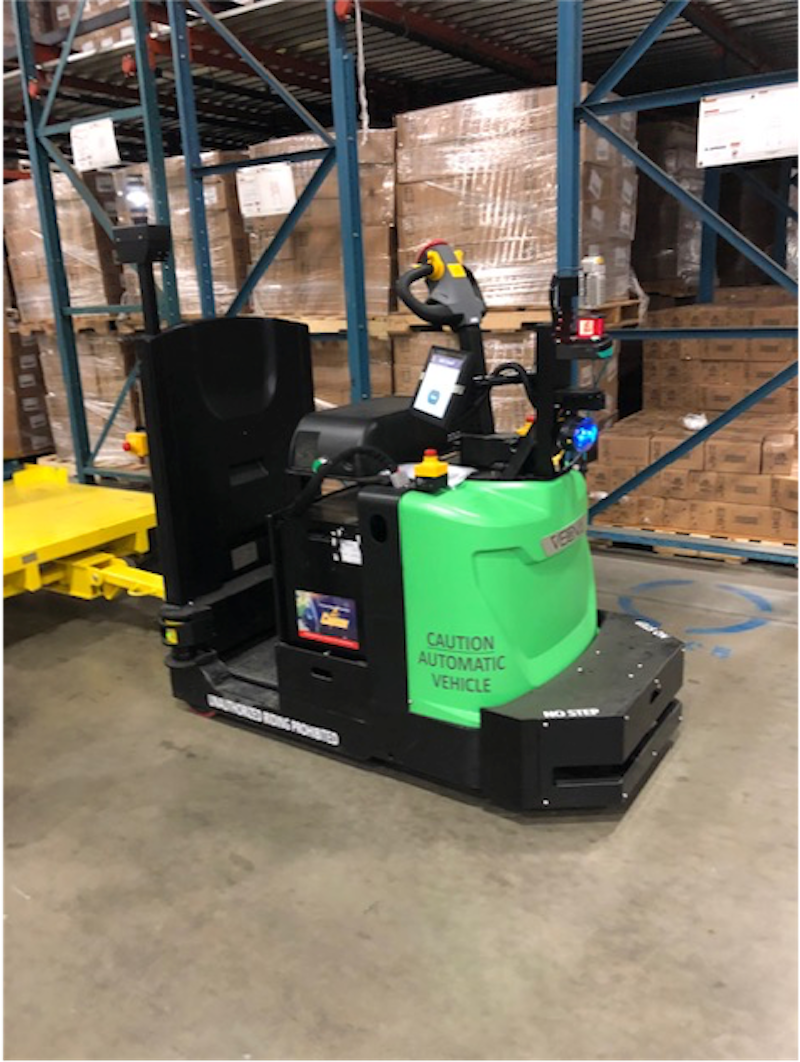How have self-operating equipment and other innovations transformed the warehouse?
In this Q&A interview, Kristi Montgomery, vice president innovation at Kenco Group, a leading third-party logistics provider, explains how automation has changed the supply chain
Question: How has self-operating equipment and other innovations transformed the warehouse?
Answer: It might be easier to ask how haven’t these innovations transformed the warehouse. Automation touches nearly every area of warehouse operations, from the moment the pen hits the blueprint.
For example, supply chain professionals lay warehouses out differently to account for automated lifts that collect and transport goods from racks, invest in automated carts to bring goods directly to pickers, and adopt technology that instructs pickers on exactly which items to pick and how many.
As consumer demand for quick and cheap shipping continues to grow, automation isn’t a nice-to-have. It’s a have-to-have.

Of course, these efficiency gains also have an impact on the employee experience. It’s no secret that, post-pandemic, logistics companies are struggling to attract employees, let alone keep them for more than a few months.
Robots are taking on the more burdensome tasks involved in picking and packing that would take a physical toll on employees. Removing the need to constantly lift large items, or traverse a massive warehouse quickly, goes a long way toward eliminating employee burnout.
Q: In what ways has the rise in robots changed labor management and training protocols, productivity levels, and more?
Automation had an immediate positive impact on the work environment. We’re seeing 3x, even 4x productivity improvements as we’ve rolled out robots.
They lessen risk, significantly cut the time required to train an employee, and reduce errors – which are far too easy to make in manual warehouses with thousands of SKUs. In some warehouses, employees have an automated voice right in their ear guiding them to the correct rack, shelf and bin.
Longer term, robots, and automation in general, are poised to change the way we think about warehouse careers. As with any industry where automation makes waves, there are always questions about whether robots will replace humans. In reality, those jobs are going to evolve rather than disappear.
We have an amazing opportunity to reskill employees now, preparing them to manage and optimize automation. This shift in job duties will make it easier to attract young professionals – whose years of video game mastery will come in handy working with robots and even remotely operated forklifts – as well as differently abled and even remote employees.

Q: What tips do you have to help warehouse managers adjust to these changes?
Understand that while the customer demand may be there, driving up pressure to adopt more robotics as quickly as possible, a successful automation project takes time. Don’t cut corners, because it will end up costing you more in the long run. That’s why we’re big believers in piloting new solutions.
Find a small section of your warehouse where you can test out new automation technologies, to ensure that your current infrastructure allows you to maximize the solution’s benefits.
Or you can even partner with 3PL (third-party logistics) services that have their own labs. Kenco’s Innovation Lab, for example, is the testing ground of many new automation technologies. A company called Phantom Auto is testing their remotely driven forklifts in this space right now.
Once you’ve ensured that a project is viable, you must include your employees at every step of adoption. Make it clear what’s in the project for them, give them a stake in its success.
We’ve found some fun ways to do this – we had a naming competition for two of our new robots, offering $150 to the winning name (Shrek and Fiona, the perfect names for a pair of green robots). And we’re currently piloting new technology that allows remote employees to drive robots through the warehouse.
Our COO often beams into a test robot, which now sports a Darth Vader cape as it roves around. Our goal is to make automation less threatening, and making the project a little more fun does the trick.

About the interviewee: Kristi Montgomery is vice president of innovation, research and development at Kenco.

